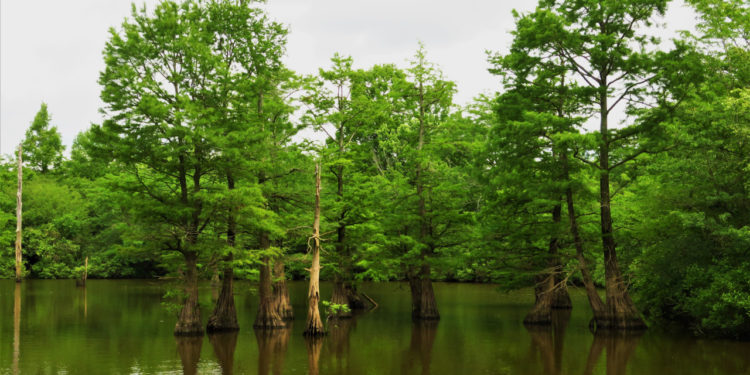Plant Family Identification Motifs: patterns for simplifying the complexity
Instructor: Dr. Richard Abbott*
When: Saturday, July 30, 2022 Workshop has finished
Time: 9am-4pm Eastern Time
Where: Bernheim Arboretum & Forest, meet at the Garden Pavilion
Cost: $25 /$10 for students
Bring your own lunch, and wear hiking shoes
Using minimal basic vocabulary, approximately 30 plant families, and half a dozen artificial motifs, we will focus on plant identification patterns. Learning Kentucky plants within a global framework not only empowers confidence in knowing what you know, but enables identifying more than 130,000 plants to family globally and provides a solid foundation for incorporating other family patterns. Essentially, this workshop is an introduction to a way of thinking about how to organize botanical knowledge in a practical, applied way.
*About the Instructor

Dr. J. Richard Abbott, Assistant Professor of Biology, is the current Curator of the University of Arkansas Monticello Herbarium. At UAM, he teaches General Botany, Ecology, Medical Terminology, Regional Flora, and Plants in Our World and conducts floristic, systematic, and taxonomic research, especially with the milkwort family (Polygalaceae). He received a Bachelor of Arts Degree in Biology and German from Berea College in Kentucky and both M.S. degree and Ph.D. in Botany from the University of Florida in Gainesville. His primary passion is teaching plant identification, using the local flora to understand global patterns. To that end, he is currently working to establish a living teaching collection on the UAM campus, with the ultimate goal of cultivating as many families and genera as possible.
Registration Form
Please fill out the form below to register for the workshop. The workshop is limited to 20 participants.
























